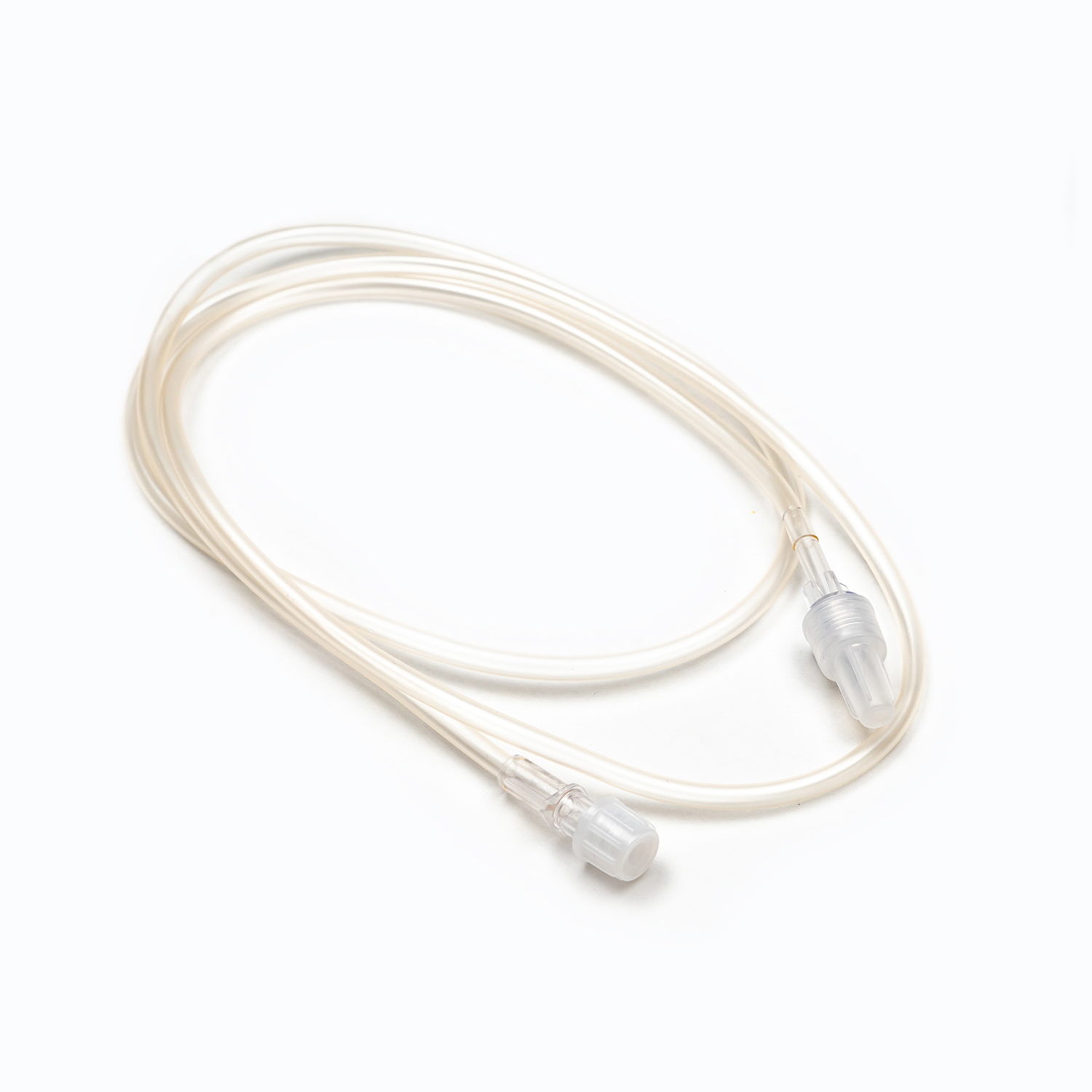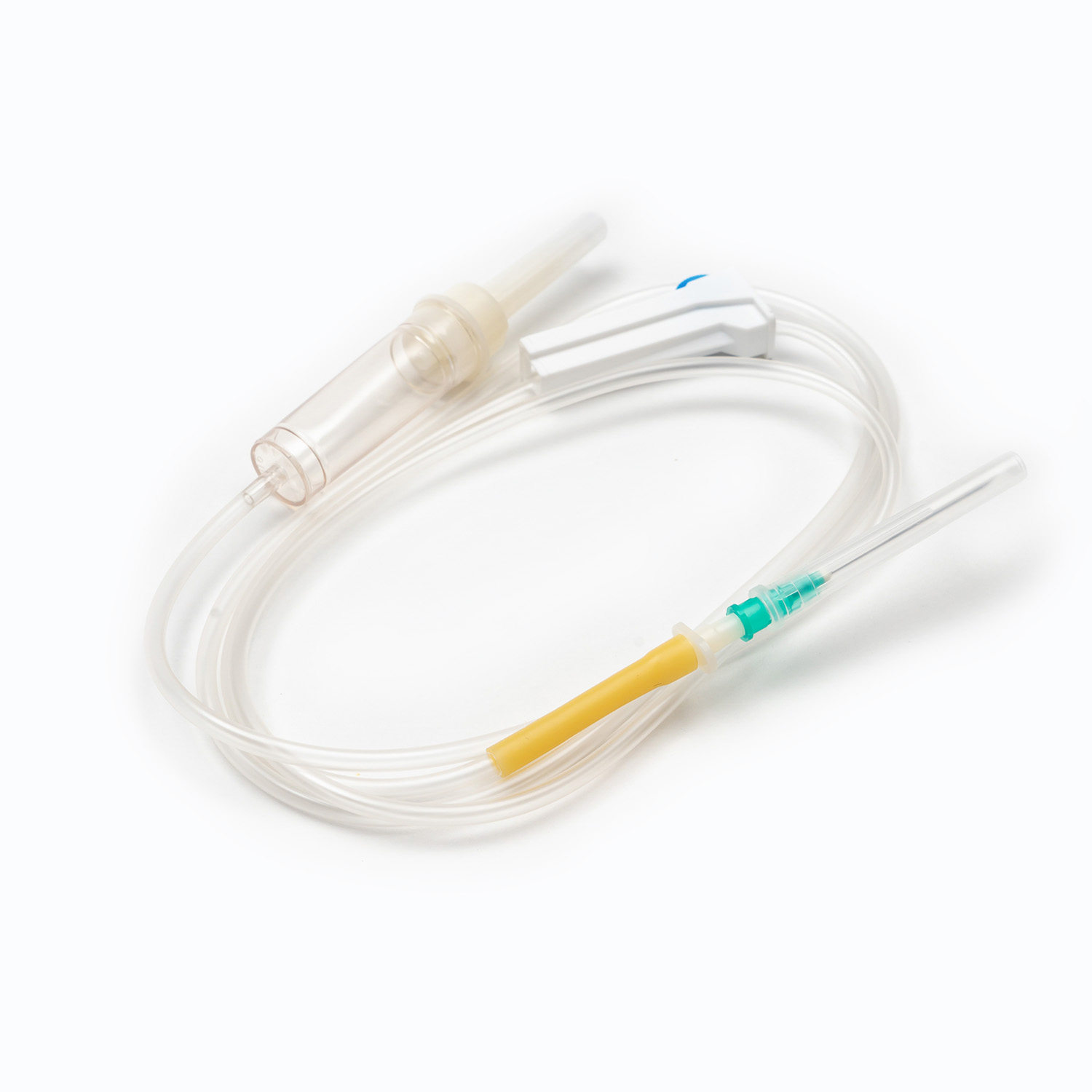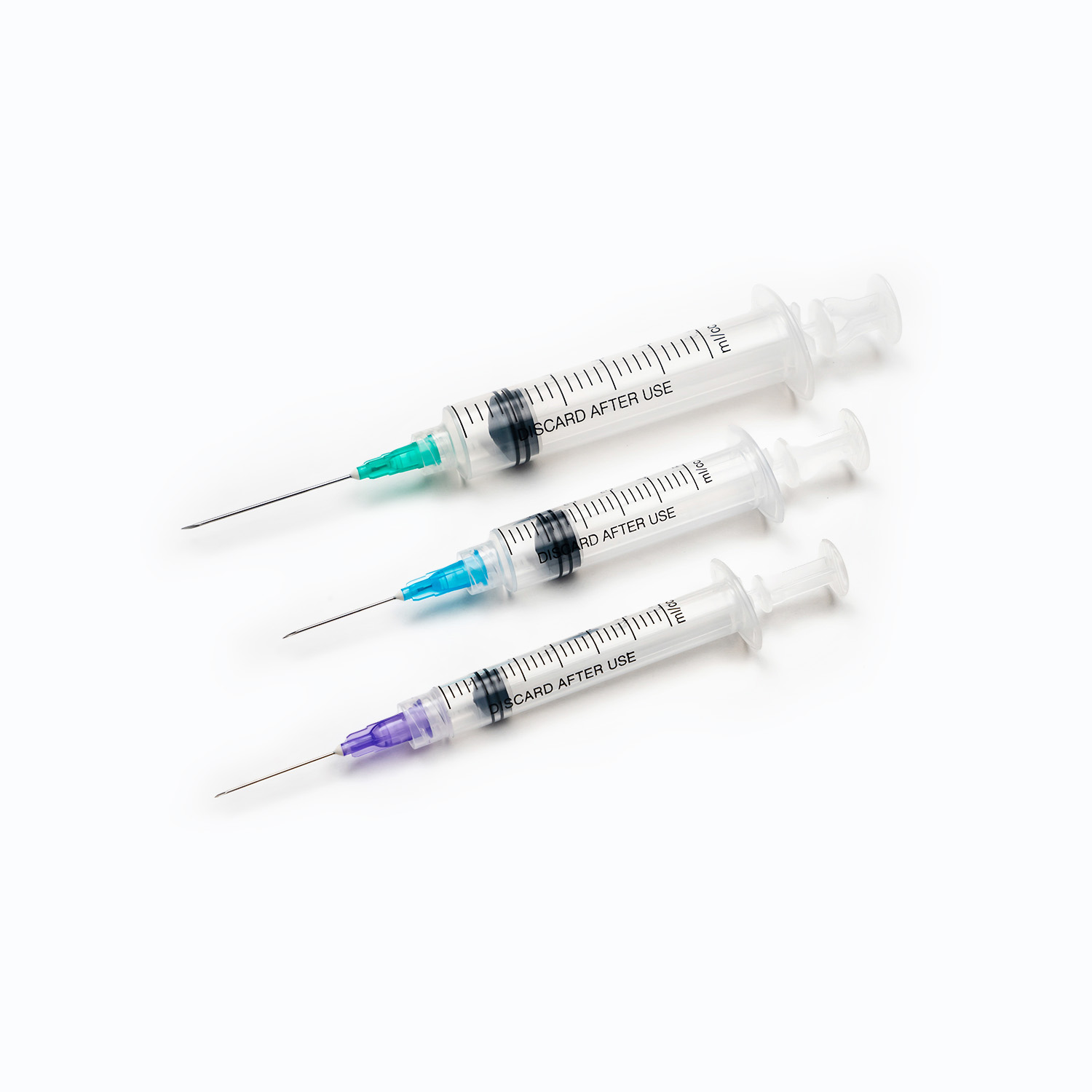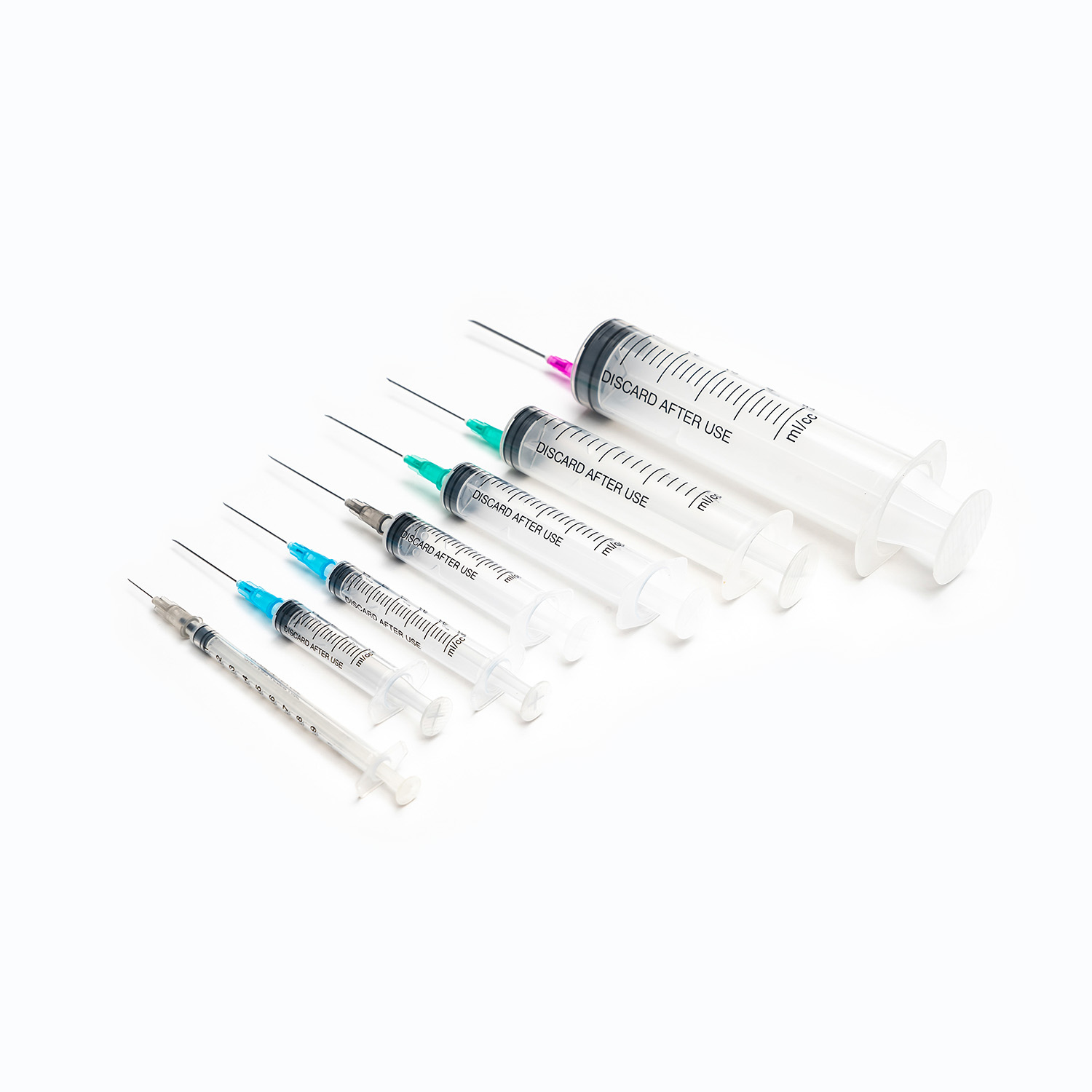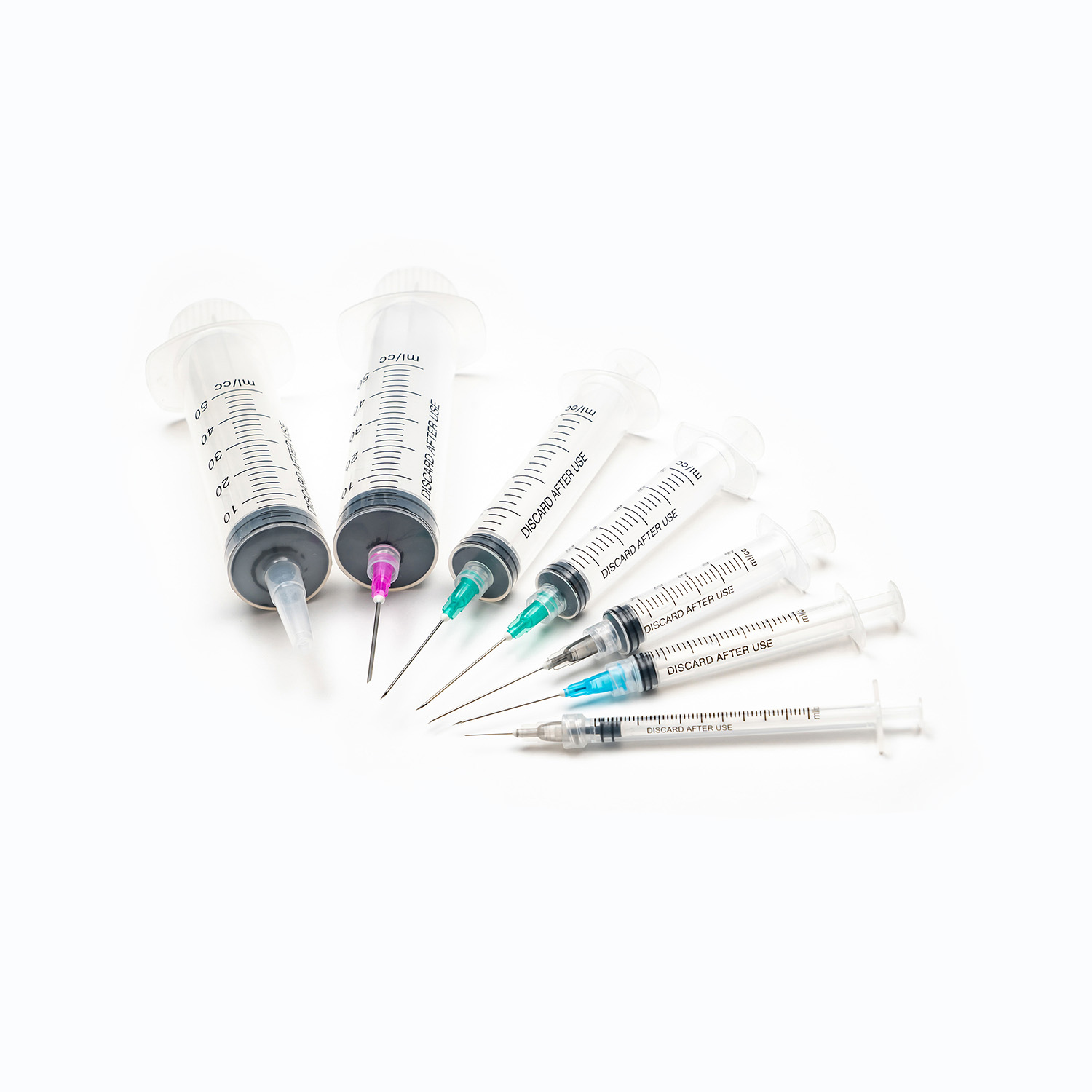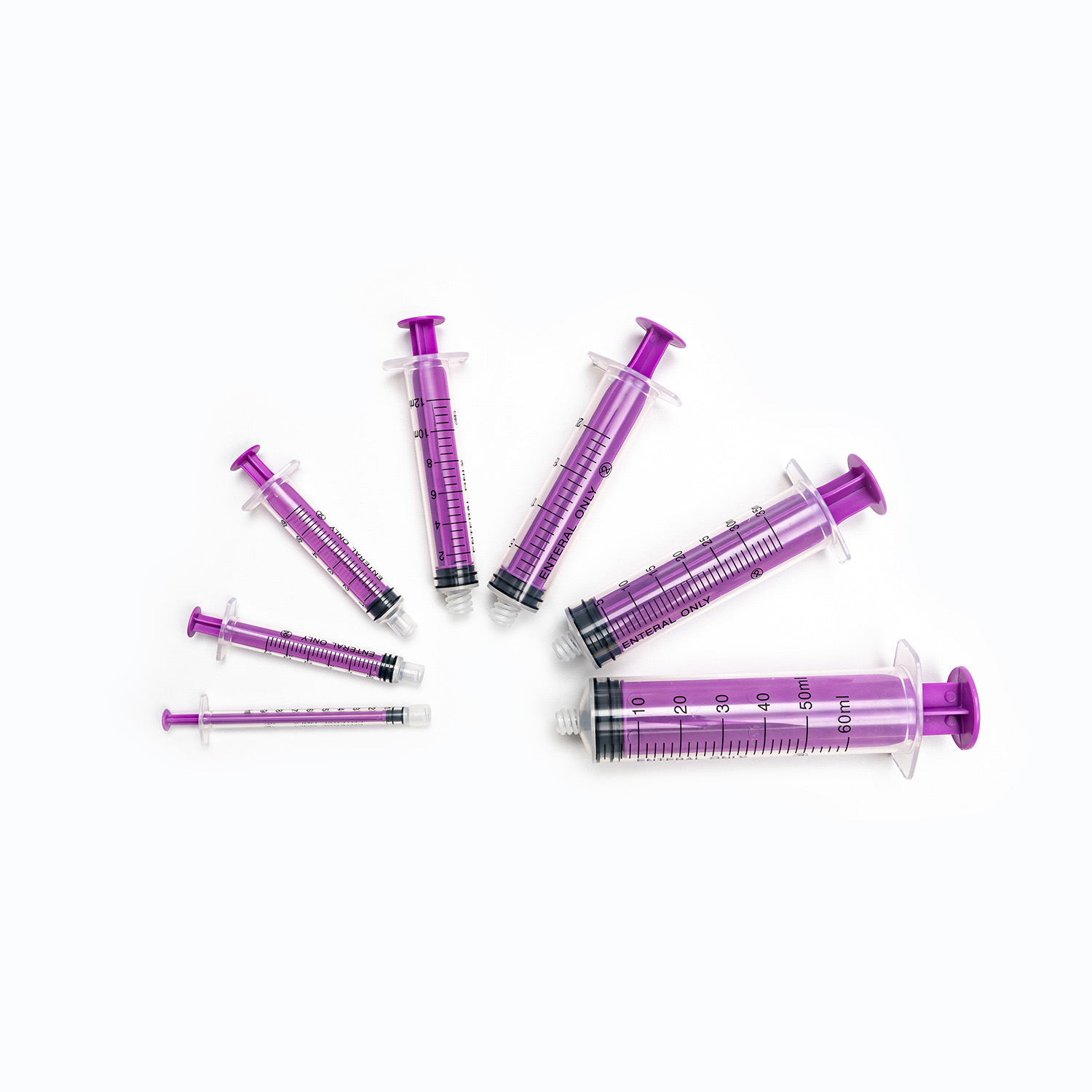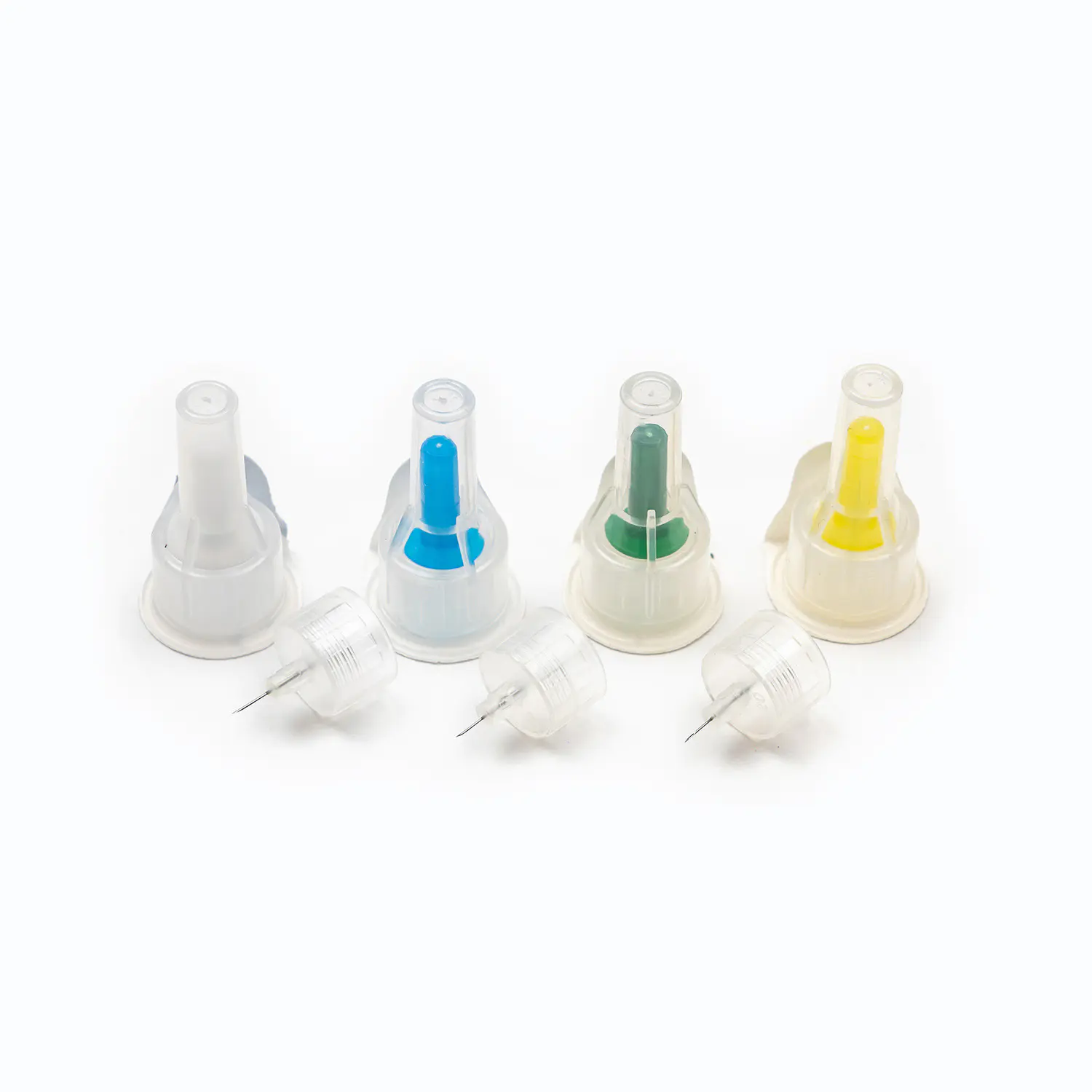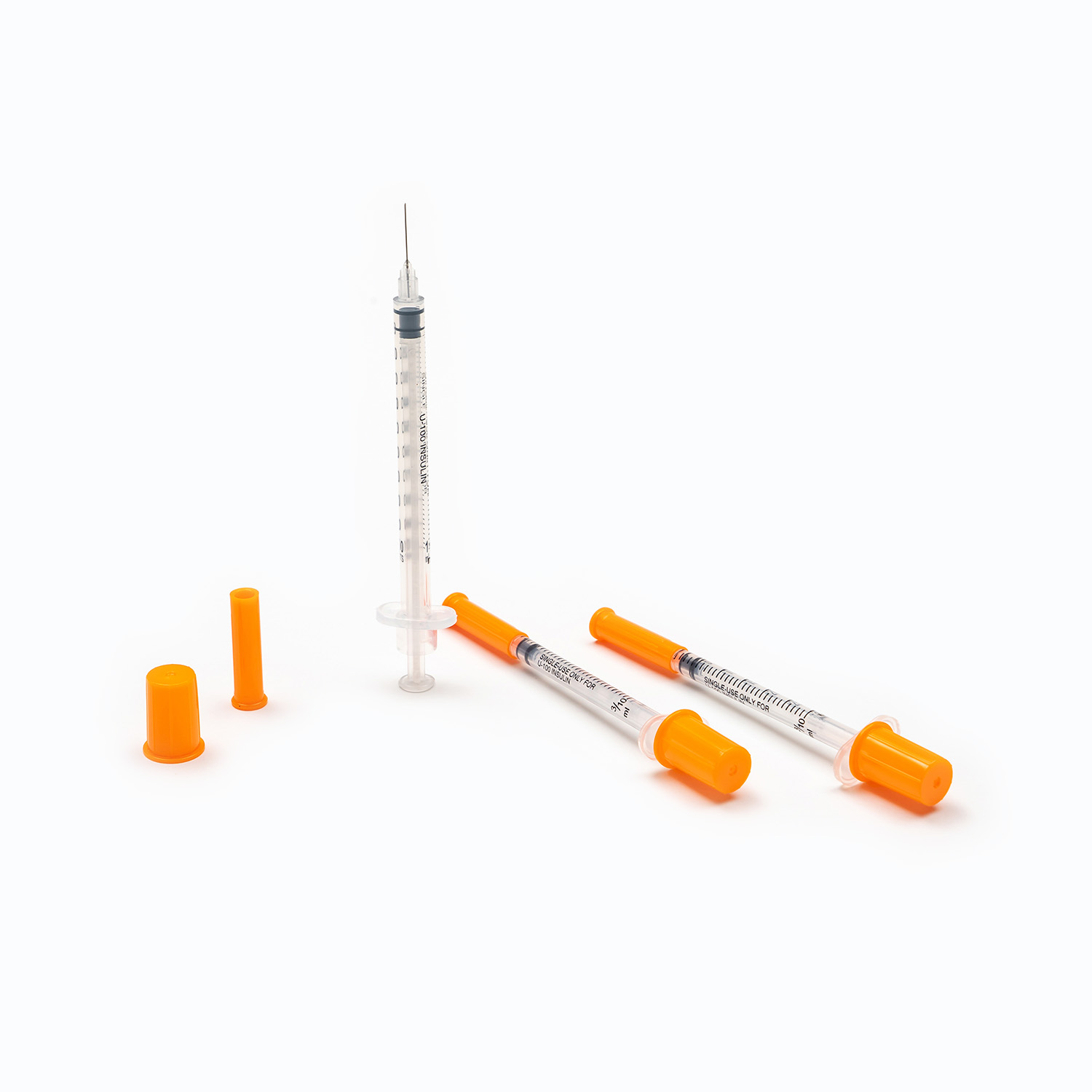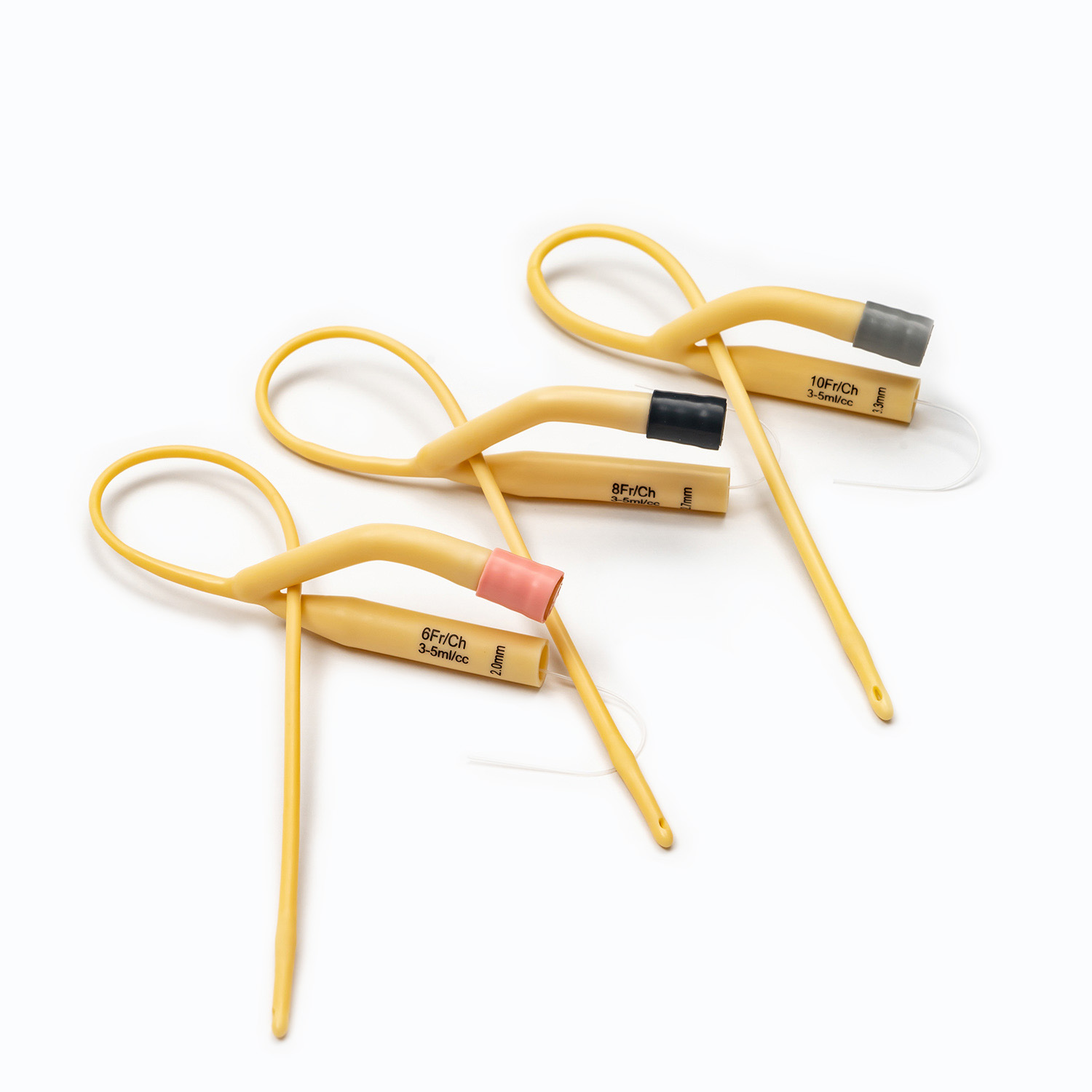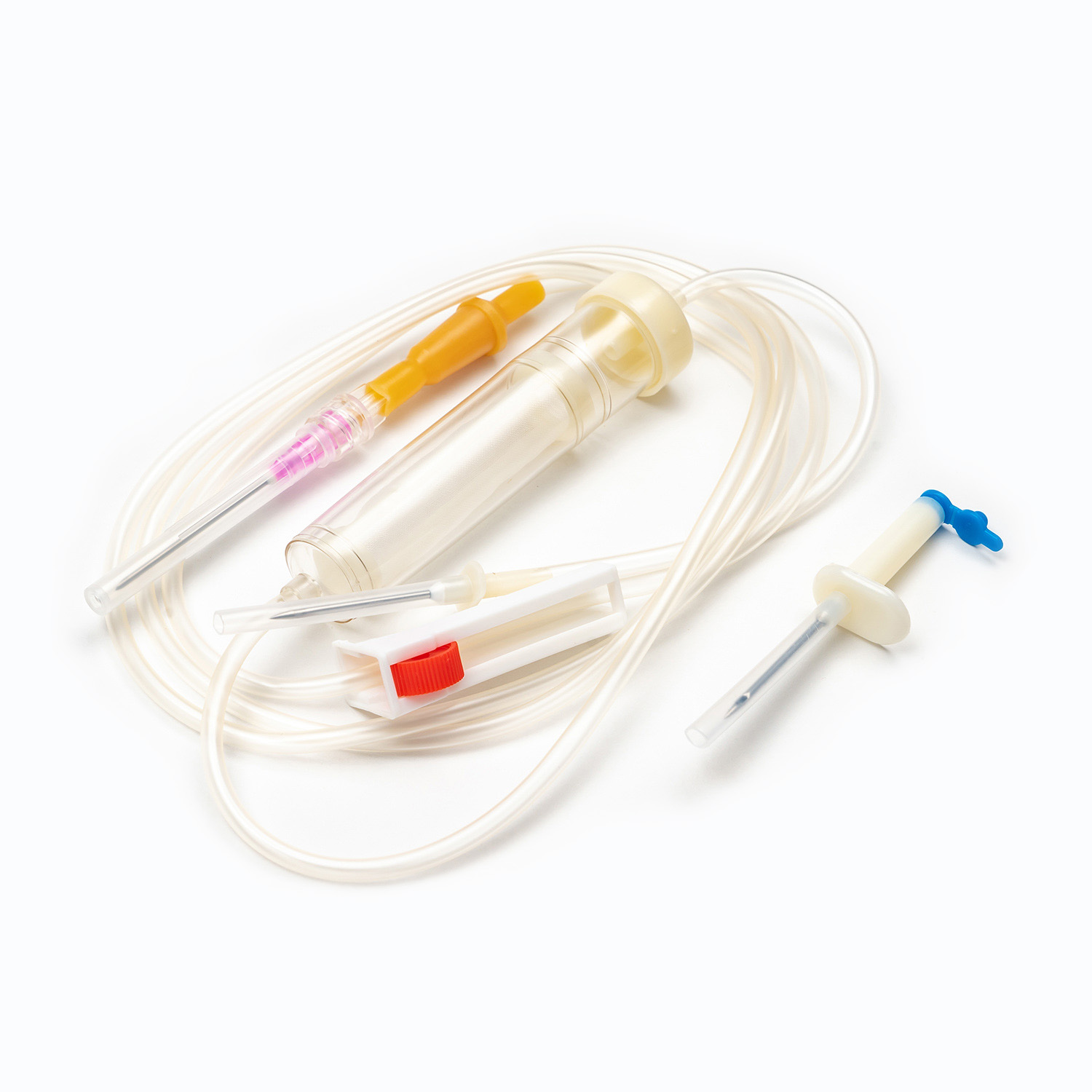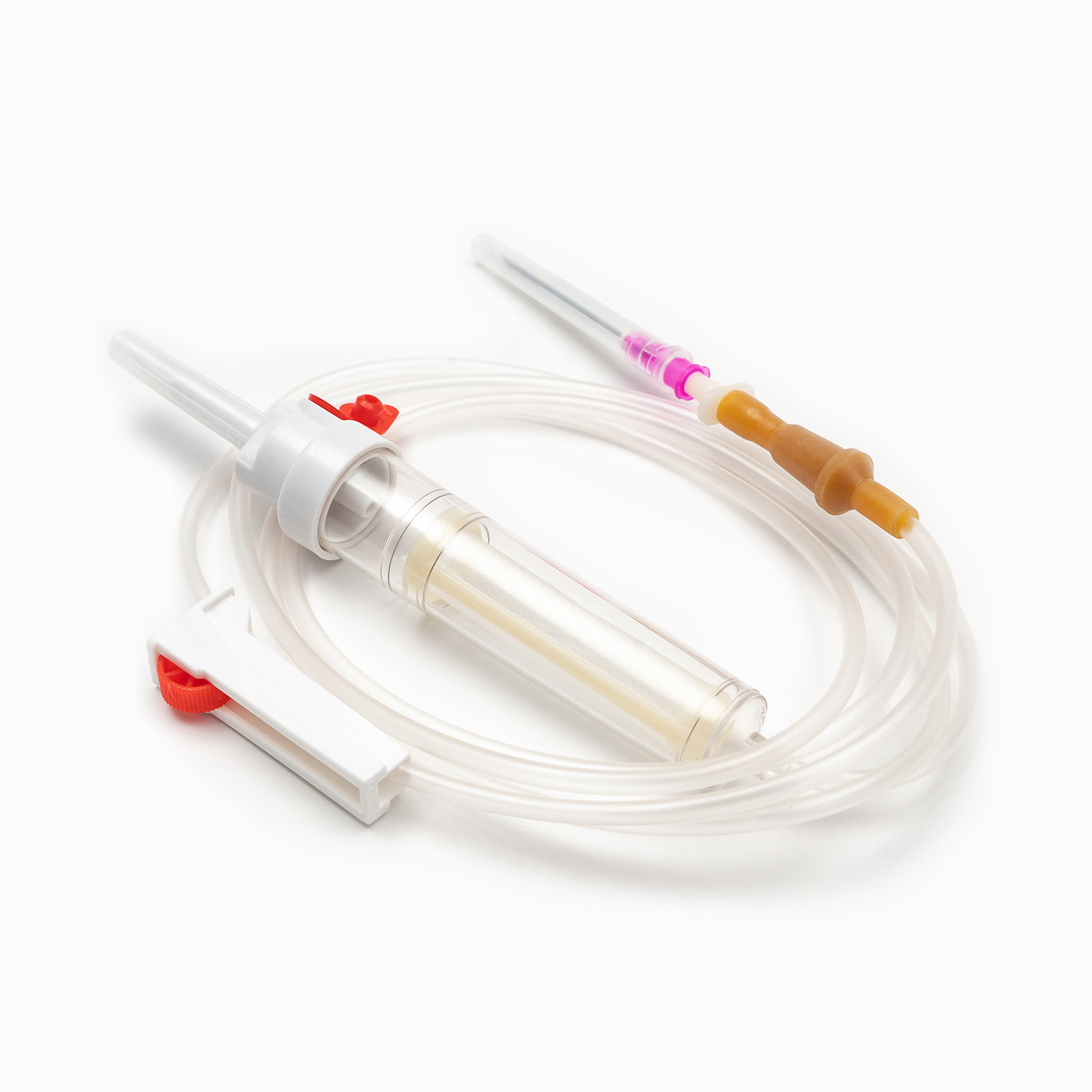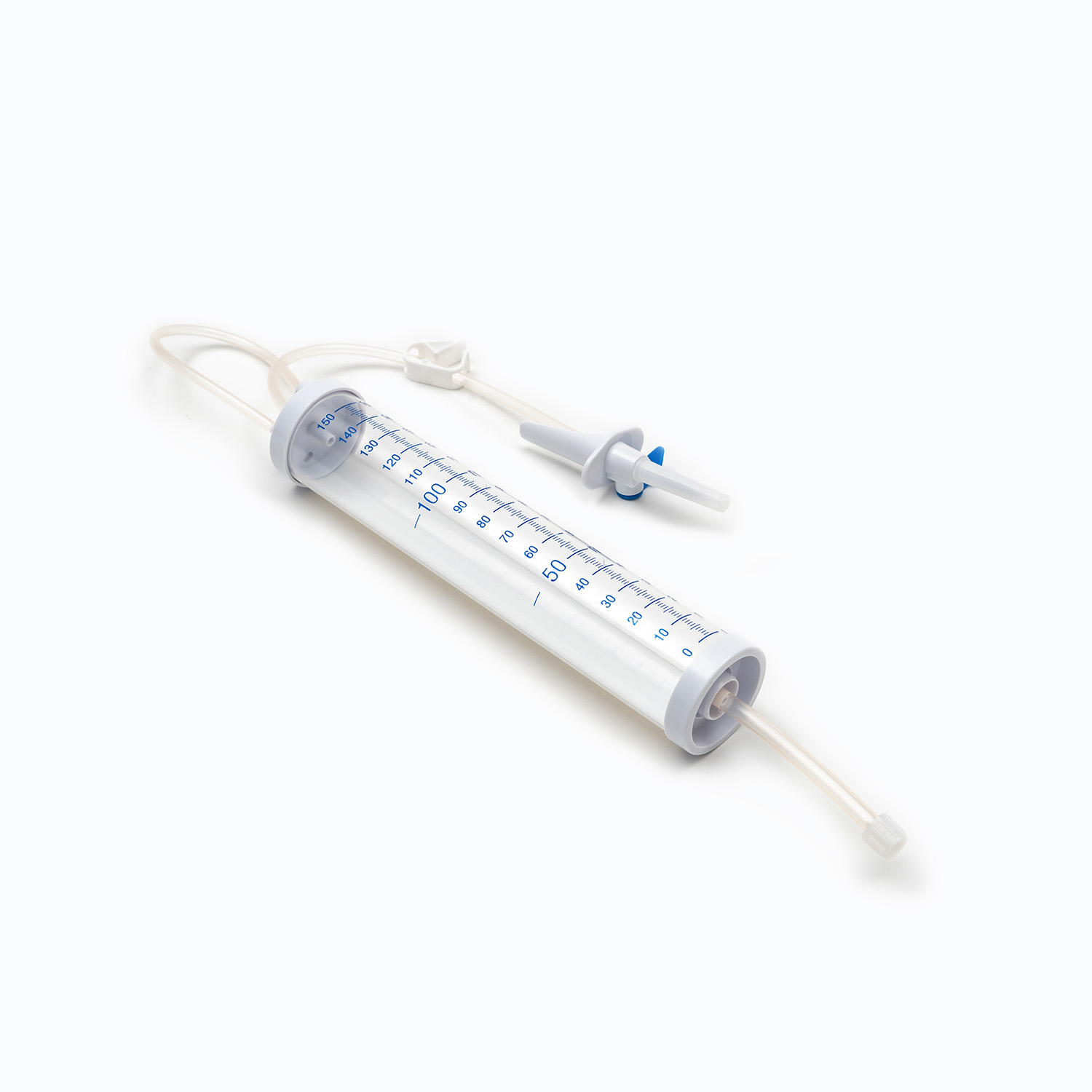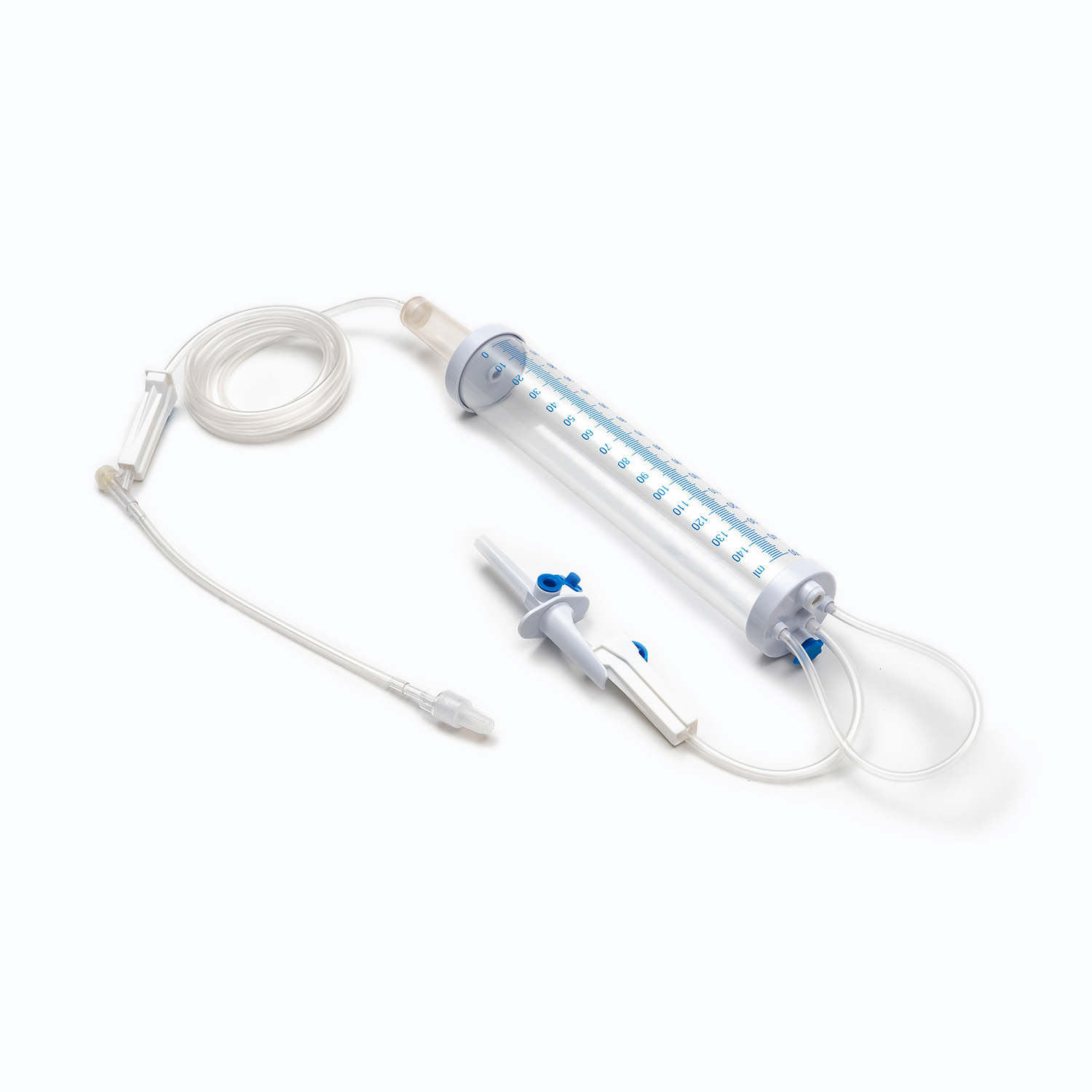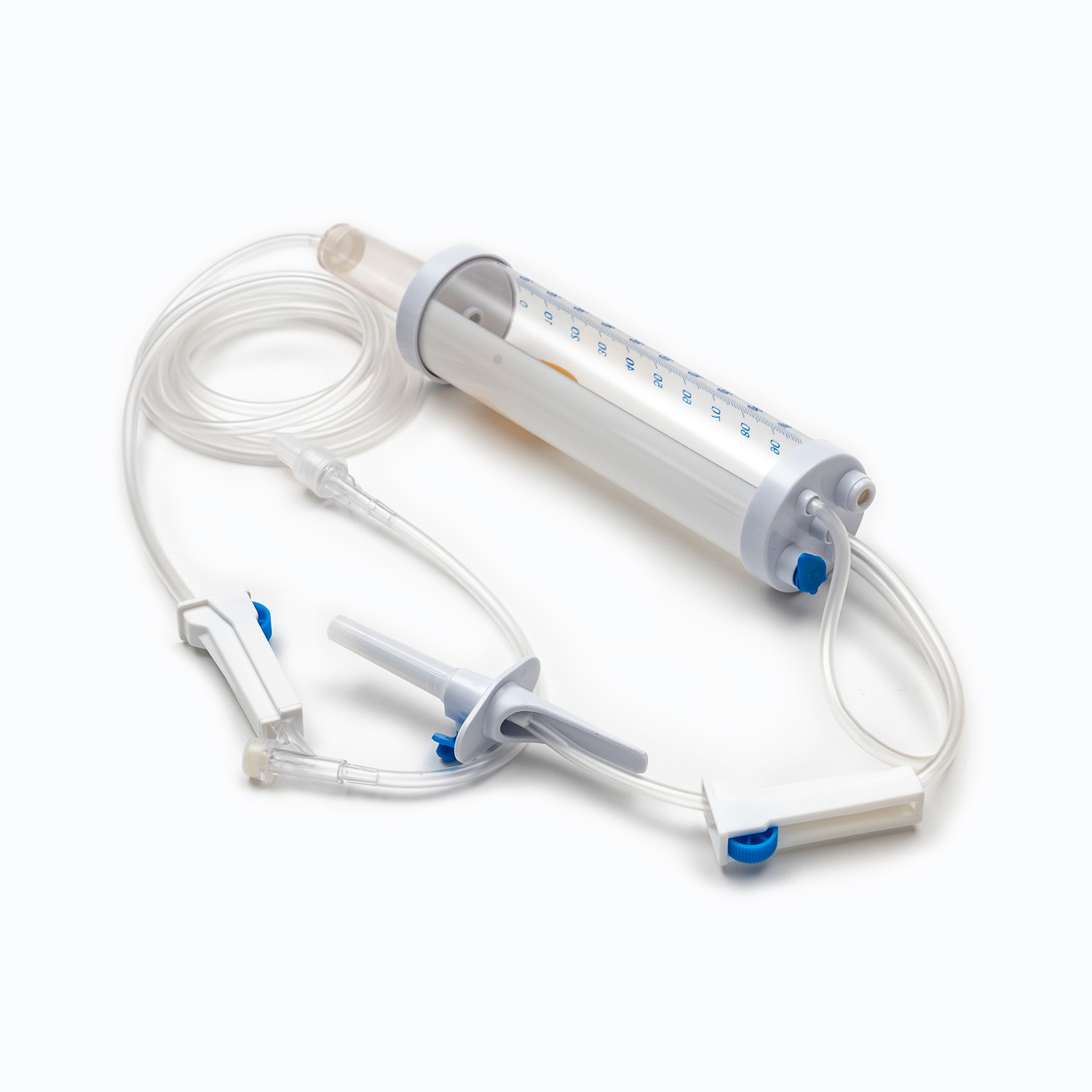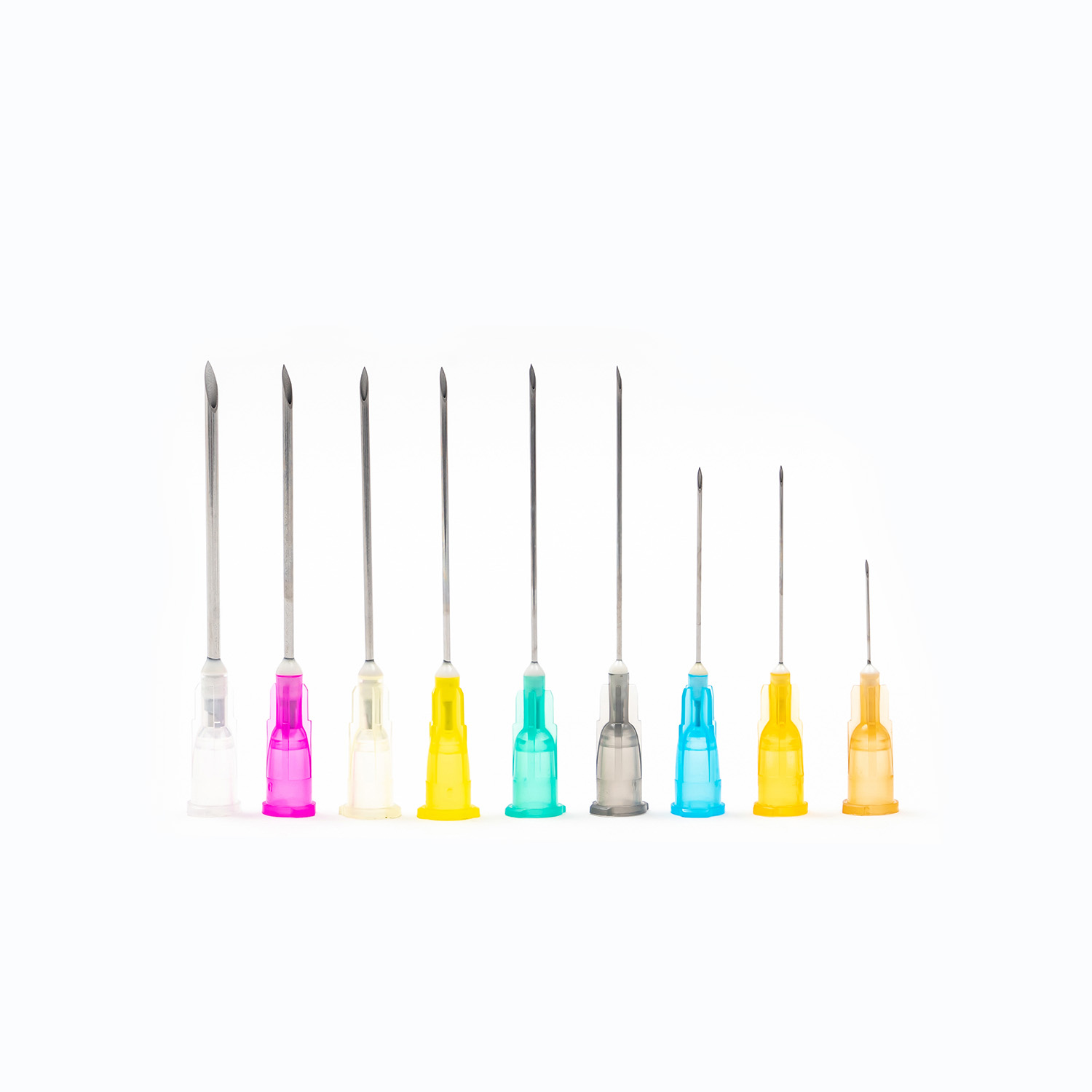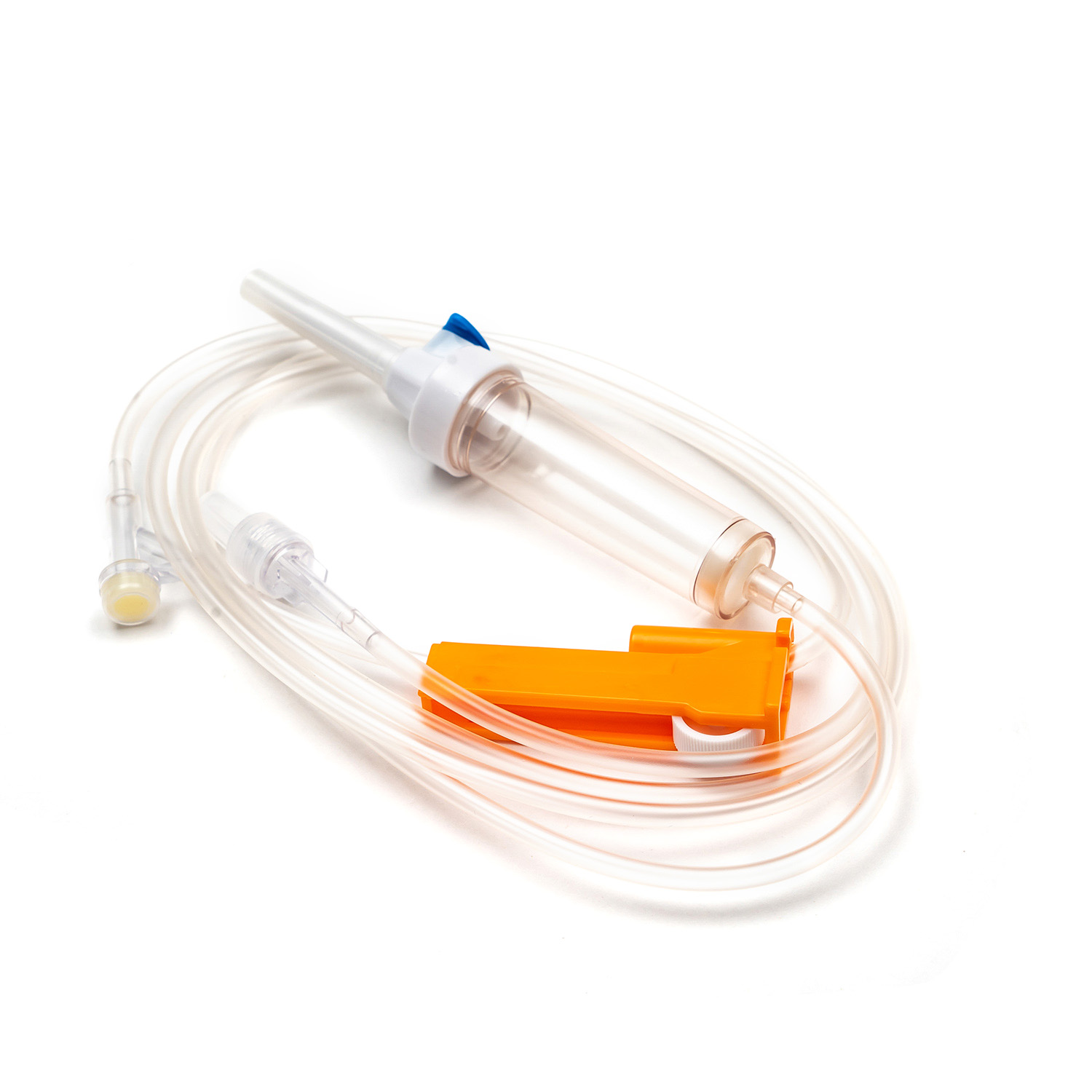Blood Lancet Needle: A Core Tool for Blood Glucose Monitoring and Clinical Testing
Oct 01,2025
In modern medical testing and clinical care, the blood lancet needle has become a vital basic medical device. With the growing demand for precision medicine and home self-testing, this type of needle is not only used in hospitals for blood glucose monitoring, micro-blood sampling, and laboratory testing, but is also demonstrating irreplaceable value in home health management and personalized medicine.
Blood Lancet Needle Structural Design and Principle
The blood lancet needle typically consists of a stainless steel needle tip and a safety barrel, manufactured using high-precision machining. The needle tip undergoes a special grinding and polishing process to ensure rapid penetration of the skin surface, minimizing irritation to the patient's nerve endings and thus alleviating pain during blood collection. The needle body is often coated to ensure the tip remains sharp and stable during single use.
Its operating principle is primarily based on minimally invasive puncture technology, with a transient ejection mechanism allowing the needle tip to quickly penetrate the skin and retract immediately. This design not only ensures sufficient blood volume for testing purposes but also effectively reduces the risk of cross-infection and secondary injury.
Blood Lancet Needle Applications in Blood Glucose Monitoring
With the increasing prevalence of diabetes, blood glucose monitoring has become a routine medical procedure worldwide. The Blood Lancet Needle plays a fundamental and critical role in this process. For diabetic patients, multiple daily blood glucose monitoring requires the precision and safety of a lancet. Modern Blood Lancet Needles feature an ergonomic design, enabling uniform puncture at various locations while reducing the accumulation of wounds caused by repeated manipulation.

Wide Applications in Medical Laboratories and Clinical Testing
In addition to home health monitoring, the Blood Lancet Needle is also widely used in hospital laboratories and clinical departments. Many biochemical, hematological, and immunological tests require precise micro-samples of blood, and lancets provide a quick, safe, and minimally invasive method.
In practice, medical professionals typically select the appropriate Blood Lancet Needle model based on the patient's vascular condition and testing needs. A variety of needle tip diameters and puncture depths can meet the personalized testing needs of infants, adults, and special populations, thereby improving test accuracy and patient comfort.
Safety and Standardized Management of Blood Lancet Needles
Safety is always a top priority for medical devices. As a disposable medical consumable, the Blood Lancet Needle must strictly adhere to sterile production and packaging requirements. Automated packaging and sterilization processes ensure that every lancet meets international medical safety standards before leaving the factory.
At the same time, the modern medical industry emphasizes protective measures during operation. Some Blood Lancet Needles are equipped with an automatic retraction mechanism, which immediately retracts the needle tip after puncture, preventing needlestick injuries and potential infection risks. This design not only improves medical staff safety but also complies with hospital infection control regulations.
Development Trends in New Blood Lancet Needles
With the continuous advancement of technology, the design and materials of Blood Lancet Needles are undergoing new innovations. The application of nano-level surface treatment technology makes the needle tip sharper and more corrosion-resistant, significantly improving the user experience. Some manufacturers are also exploring multifunctional lancets with adjustable depth, allowing for flexible adjustment of puncture force and blood collection efficiency based on testing needs.

Environmental protection is gaining increasing attention in medical device production. Future Blood Lancet Needles will increasingly utilize biodegradable materials to reduce the environmental impact of medical waste. Simultaneously, the trend toward intelligent devices is rapidly advancing. Some high-end products are already connected to mobile devices, enabling users to upload and analyze data simultaneously with blood collection, enabling truly intelligent health management.
As an essential consumable in medical testing, the Blood Lancet Needle not only ensures the accuracy of test data but also directly impacts the patient experience and safety. From structural design and application scenarios to R&D trends, the development of the Blood Lancet Needle reflects the advancement of modern medical technology. As the medical device industry continues to evolve, it will assume an even more crucial role in the global healthcare system, providing solid support for precision diagnosis, treatment, and health management.



 English
English Français
Français русский
русский Español
Español
